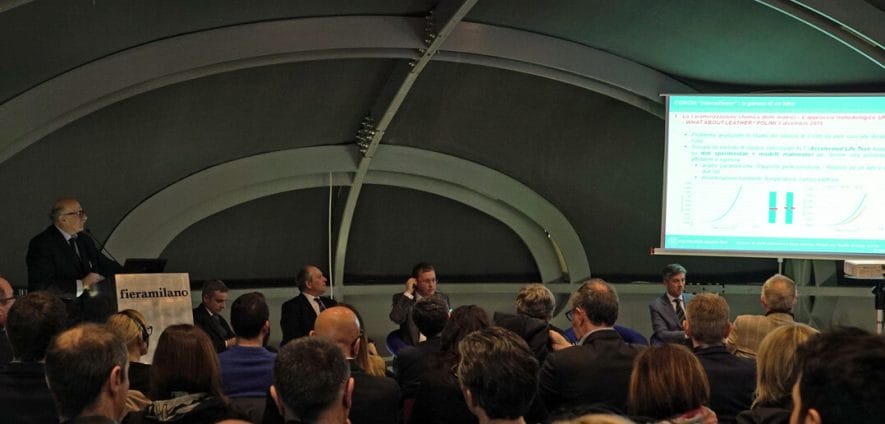“People wonder, talking about tanning, in which tanneries waste and sewage disposal is easier, what processes are more eco-friendly, and which ones ensure the best performances. People grow their ideas, supported by the national press at times, which subsequently affect the market. Yet, such ideas are not based on scientific evidence; therefore the same assumptions can’t be taken for granted”. Biagio Naviglio carried out, along with Stazione Sperimentale della Pelle e delle Materie Concianti (the Italian Leather Research Institute), research about the different leather processing, in terms of impact and performance. Some more studies are scheduled in the months to come. Likewise, Elisabetta Scaglia, from the Research and Environment department of UNIC (Unione Nazionale Industria Conciaria, the Italian Tanners Association) announced “an upcoming project to work out the tanning impact, with and without chrome, in cooperation with SSIP, purifying plants, tanneries, chemists, and Universities, such as the Polytechnic of Milan and Bocconi”. Tanning chemistry needs new research lines, new tools, and, most of all, solid benchmarks, based on scientific truth, to counterbalance misleading or even false information sometimes handed out by media. Focusing on that, tanners, research institutes, chemists and brands gathered, at Lineapelle94, at the international conference named “Tanning and Chemicals”. “We are open-minded towards alternative methods, provided that they are actually more sustainable, relying on scientific data, and ensure the manufacturing of hides with suitable qualities”, remarks Alfredo Guerra from the Conceria Russo di Casandrino”. “We abide by statements of law, but we urge suppliers on others, which are even stricter, to arouse valuable research – add from Louis Vuitton – . By setting stricter standards, we hope that we’ll help the industry, through a profitable cooperation, find innovative methods to respect them”.
At Lineapelle94 tanning chemistry plans the future while “seeking certainties out of a big mess”










